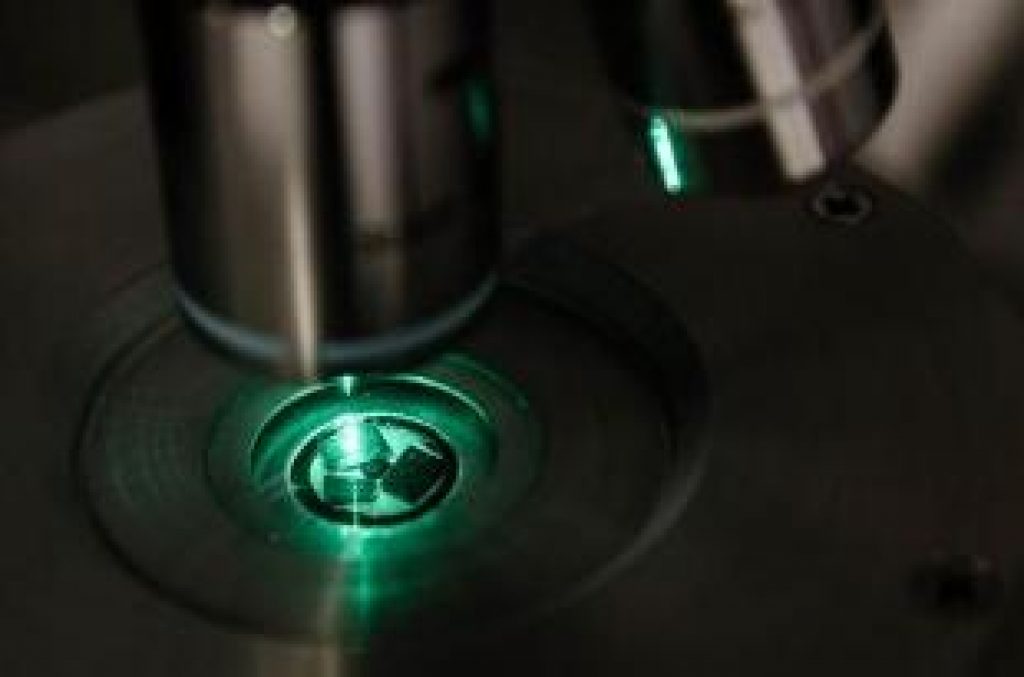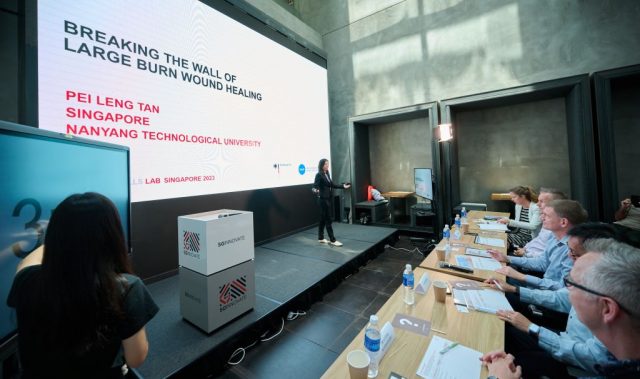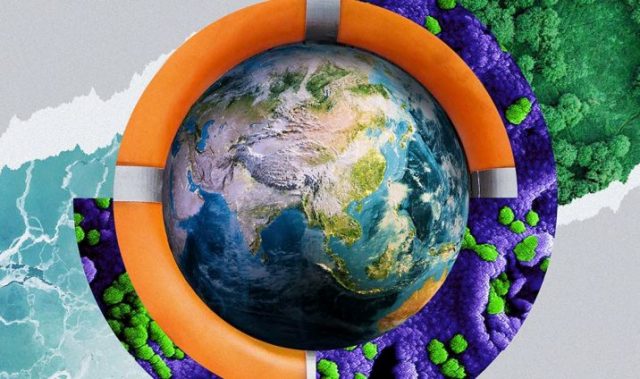
AsianScientist (Jan. 31, 2013) – Scientists from Singapore have demonstrated for the first time that semiconductors can be cooled using laser pulses. The discovery paves the way for the design of refrigeration systems that use lasers for cooling, especially in applications that require a high degree of cooling but in a compact and energy-saving manner.
In their study, published in Nature, the team showed that laser cooling can be achiever in a semiconductor made of cadmium sulphide. In their experiment, they cooled the semiconductor from 20 degrees Celsius down to minus 20 degrees Celsius, achieving a temperature reduction of 40 degrees Celsius.
Before this discovery, laser cooling, also known as optical refrigeration, had only been demonstrated in glass or crystal materials doped with rare-earth metals. However, the ability to cool semiconductors is significant as it may lead to more practical applications in the future.
“If we are able to harness the power of laser cooling, it would mean that medical devices which require extreme cooling, such as MRI which uses liquid helium, could do away with their bulky refrigerant systems with just with an optical refrigeration device in its place,” Dr Qihua Xiong, an assistant professor at Nanyang Technological University who led the study.
“It would also remove the need for compressors and coolants in air-conditioning and refrigerators used in our homes and automobiles, saving space, energy and green house gases which are harmful to our ozone layer.”
This breakthrough in laser cooling technology may even lead to the development of computer chips that cool on their own, minimizing heat and thus prolonging battery life for portable devices like tablets and smart phones.
Xiong is now looking to use laser cooling to achieve liquid helium temperature (minus 269 degrees Celsius) as semiconductors can theoretically support laser cooling down to such low temperatures.
The article can be found at: Zhang et al. (2013) Laser Cooling Of A Semiconductor by 40 Kelvin.
——
Source: Nanyang Technological University.
Disclaimer: This article does not necessarily reflect the views of AsianScientist or its staff.












